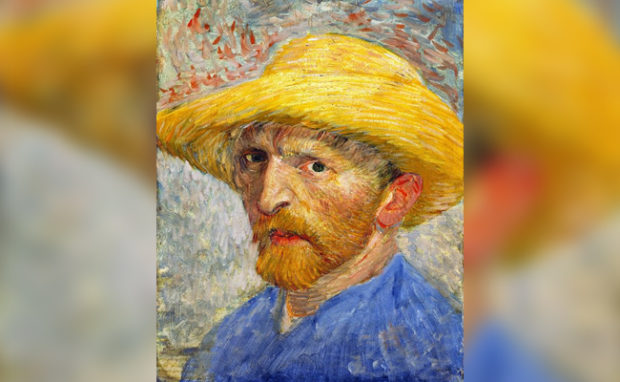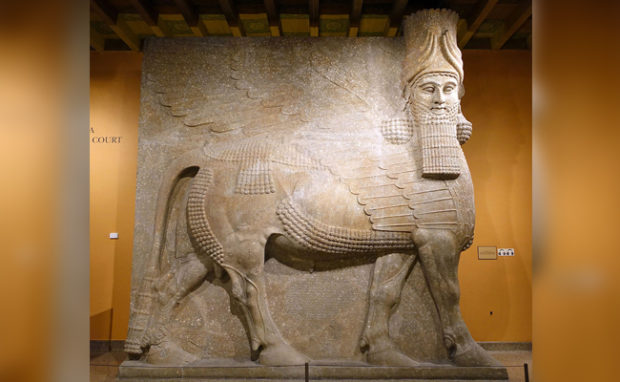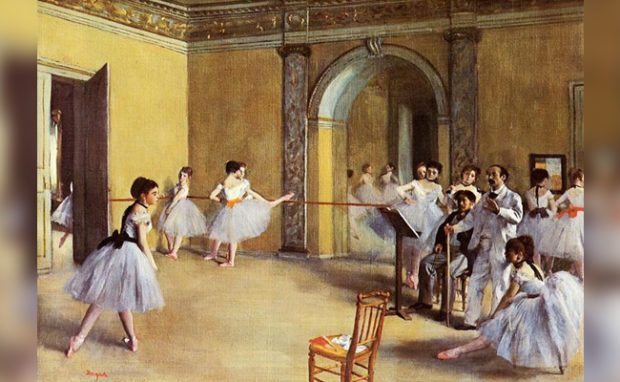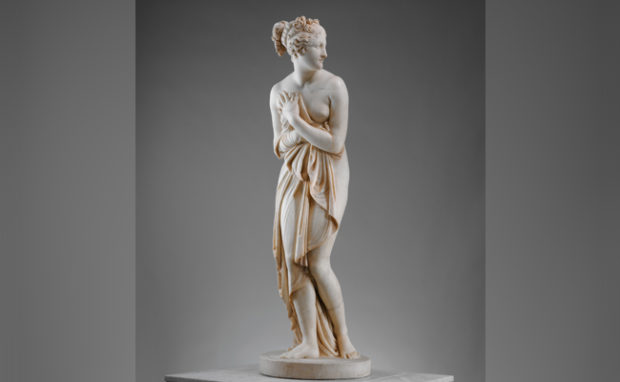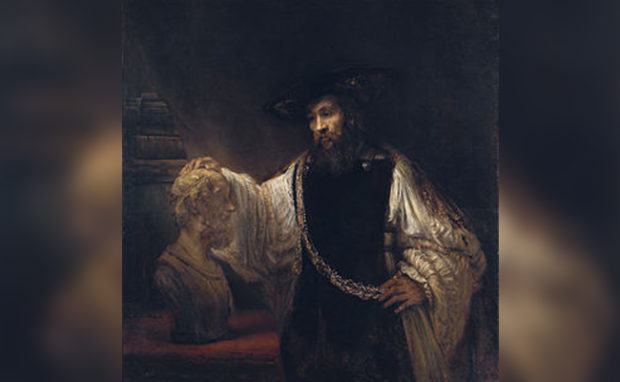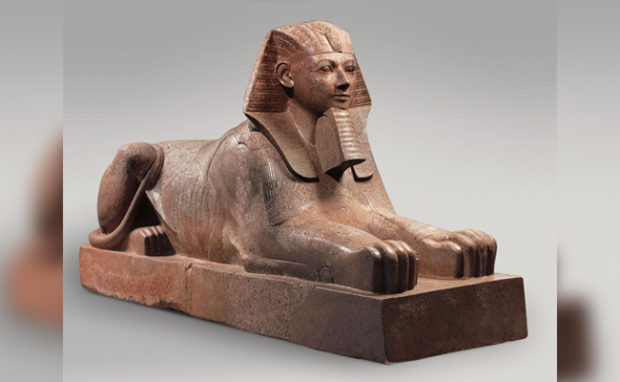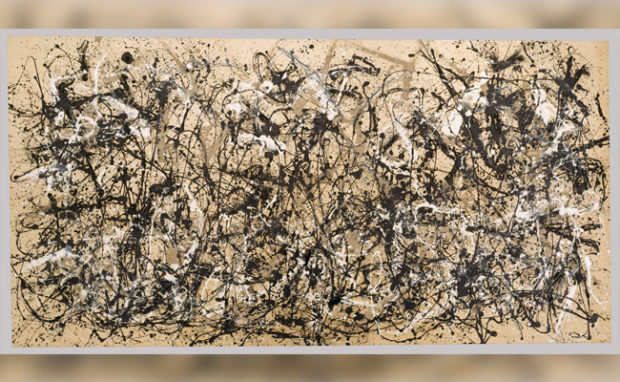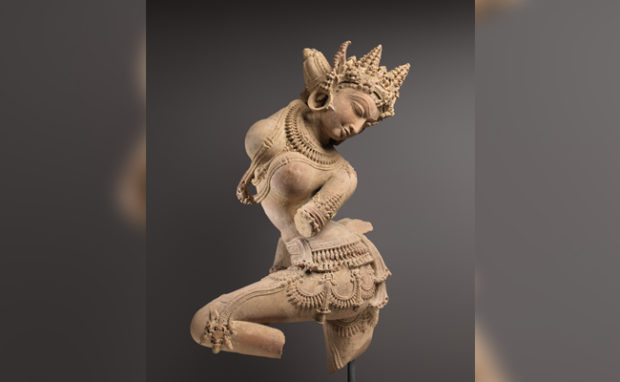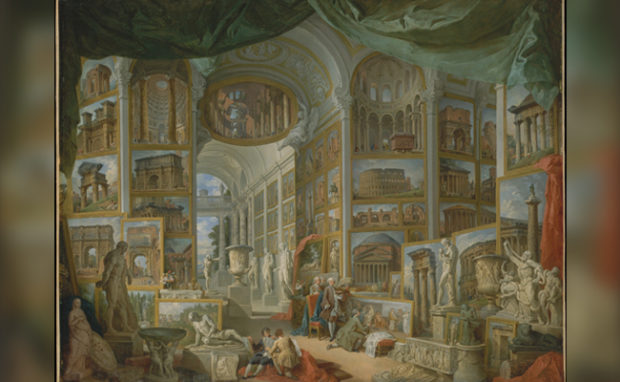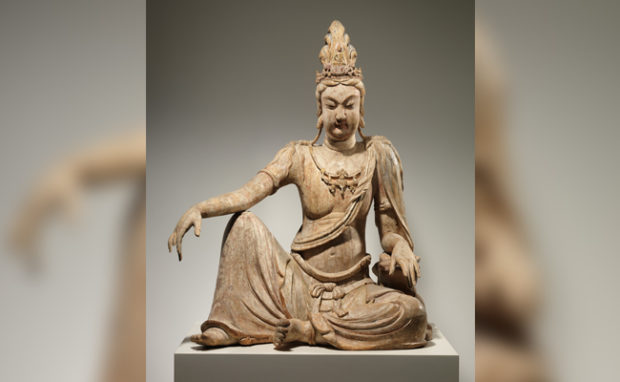Top Metropolitan Museum of Art in US
The Metropolitan Museum of Art in New York City, colloquially known as “the Met”, is the largest art museum in the United States. It is home for almost two million art pieces divided among seventeen curatorial departments. Its permanent collection consists of works of art from classical periods, ancient Egypt, prominent painters, and sculptors from all over Europe. Additionally, masters from all over the world have contributed to the artwork that is present in the Metropolitan Museum of Art. The Met also features substantial pieces of African, Asian, Oceanian, Byzantine, and Islamic art.
A famous museum — the third most visited art museum in the world — the Metropolitan Museum of Art is a must see destination when someone visits New York City.
Must-See Metropolitan Museum of Art Artworks
With those facts mentioned, the Met can be overwhelming in its vast collection, so we outline the highly recommended art pieces that must be seen during your visit to the Met.
Self Portrait with a Straw Hat, Vincent Van Gogh
Similar to an earlier piece, The Potato Peeler, Vincent Van Gogh has produced another of his many self portraits. This is one of his earlier works, where he used a lighter palette and a pointillistic technique. This picture shows the artist’s awareness of the Neo-Impressionist technique and color theory.
A Human-Headed Winged Lion (Lamassu)
In the 9th century BC, the Assyrian king Ashurnasirpal II made massive changes to the area that we now recognize as Northern Iraq. He was responsible for creating a new capital city, Nimrud, which he designed with great luxury.
At the threshold of his palace, a human-headed winged lion was erected. The sculpture has Assyrian symbols, for example, a hat that meant divinity and a belt that meant power. The creature, called a ‘lamassu,’ was thought to protect the king and palace from enemies. This lamassu has five legs, which means the creature is standing proudly when looked at from the front, and walking when view from the side.
The Dance Class, Edgar Degas
Degas spent most of his time in the 1870s at the Paris Opera observing ballerinas in their element. The scene depicts two dozen women, ballerinas and their mothers, wait while a dancer executes an “attitude” for her examination. It can be seen that Jules Perrot, a famous ballet master, is conducting the class in the art work.
If one looks closely on the wall beside the mirror, a poster for Rossini’s Guillaume Tell pays tribute to the singer Jean-Baptiste Faure, the individual who commissioned the artwork and lent it to the 1876 Impressionist exhibition.
Venus Italica, Antonio Canova
After the French had taken the ancient statue of Medici Venus from Florence to the Musée Napoleon, King Ludovico I ordered for a new statue to be created in 1804. Completed in the 1820s, Antonio Canova’s sculpture Venus Italica replaced the previous statue. The sculpture shows the ancient Roman goddess clutching fabric as she peers over her left shoulder. Though the statue is constructed from marble, Canova made the goddess appear incredibly life-like and human.
Aristotle with a Bust of Homer, Rembrandt
Among The Metropolitan Museum of Art artworks that are most celebrated, this painting conveys Rembrandt’s meditation on the meaning of fame. He portrays the ancient Greek philosopher Aristotle clad in rich clothing as he rests his hand on a bust of Homer. He is also wearing a gold chain gifted to him by a pupil, Alexander the Great.
Although the painting has come to be appraised as quintessentially Dutch, it was painted for a Sicilian patron at a moment when Rembrandt’s signature style, with its dark palette and almost sculptural buildup of paint, was beginning to fall out of fashion in Amsterdam.
The Sphinx of Hatshepsut
This colossal sphinx portrays the female pharaoh Hatshepsut with the body of a lion and a human head wearing a nemes headcloth and royal beard. The ancient Egyptian Pharaoh Hatshepsut lived and reigned in the 15th century BC. At her burial location at Deir el-Bahri, six sphinxes stood guard. The sphinx has a long history in ancient Egypt, and this particular one was crafted with Hatshepsut’s face on the body.
Autumn Rhythm (Number 30), Jackson Pollock
Autumn Rhythm, an enamel on canvas painting was created in October of 1950, and epitomizes the remarkable balance between mere chance and control that Pollock included in his technique. The words “poured” and “dripped” are commonly used to describe his unconventional creative process. This involved painting on unstretched pieces of canvas laid flat on the floor. The diversity of the artist’s movements are described as lyrical, often spiritual, and thought-provoking.
Dancing Celestial Deity (Devata)
The Devata is a sandstone sculpture from the early 12th-century India. This figure was displayed atop a Hindu temple alongside other female deities to encourage worship for the primary temple deity. The ornaments and pose of the piece allow the viewer to see rhythm in the stone figure. The techniques employed create the illusion of movement by the sculpture. Her emotionally charged stance is incredibly enticing and a feat for even modern day contortionists.
The extreme flexion reflects dance positions (karunas and sthanas) described in the Natyasastra, an ancient dramatic arts treatise. It is understood in Indian aesthetics that such positions enhance the appreciation of beauty.
Ancient Rome, Giovanni Paolo Panini
Who said that you need to leave New York to see Rome? Giovanni Paolo Panini’s spectacular painting “Ancient Rome” is a pendant to modern Rome and shows the most famous antique monuments in the city. This intricate painting provides viewers with the opportunity to travel across the world, and it shows how the place and its occupants lived during ancient times.
Bodhisattva Avalokiteshvara in Water Moon Form (Shuiyue Guanyin)
During the Liao Dynasty in the 11th century China, one of the more prominent representations of Avalokiteshvara shows the bodhisattva seated with the right knee raised and the left leg crossed before the body. This pose represented the “pure land,” his personal paradise that was later identified to be the island Mount Putuo. The figure’s ornaments are intricate, and the folds in the fabric of his clothing make the figure look realistic.

